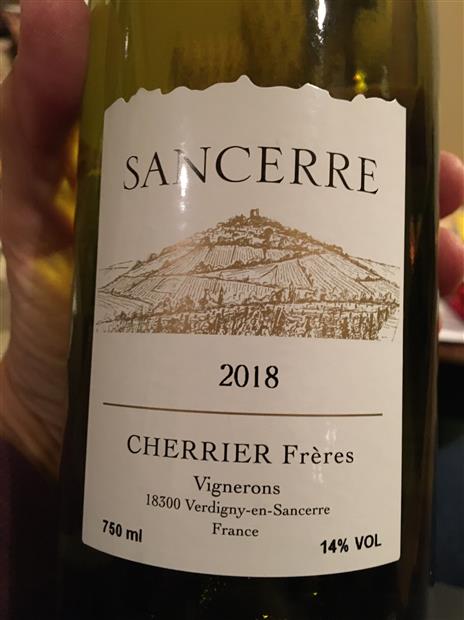

Storage White: drink young and fresh, 2-3 years. Serving suggestions rosé wines Temperature: 8-12☌ĭishes: poulty in sauce, Asian food, apple tart. Serving suggestions red wines Temperature: 13-14☌ĭishes: red meat, stuffed Carp, Berry lentils with oxtail. Serving suggestions white wines Temperature: 8-12☌ĭishes: goats cheese, shell fish, fish in sauce. Flavours: Softly tannic, cherry and violet. Gravel/limestone soils produce the most elegent and light wines, highly mineral on flint, while clay/limestone wines take longer to develope. Varies with soil type.įlavours: Orange and orange flower, quince, blackcurrent, mint, honey and spices, depending on vine location. Ornage, gratefruit and lemon scented, with hints of Acacia flower and mint. Nose: Can be highly perfumed, especially around Chavignol. White Appearance: pale or stronger yellow. The Loire river is also a factor, moderating the climate.Īnnual Production: Approximately 170,000 hl / 37,400 gallons, mostly white but including 22,000hl of red and 12,000hl rosé wines. Around Sancerre itself the soil includes deposits of flint (silex).Ĭlimate: Sancerre is more than 480 kilometers (300 miles) from the Atlantic Coast giving this region more of a continental climate than typical of the rest of the Loire Valley, with short, hot summers and long, cold winters that may extend the threat of frost damage into early spring. WINE REVIEWS & TASTING NOTES of JOSEPH MELLOT HISTORY LOCATION. Heading closer to the town of Sancerre the soil picks up more gravel mixed with the limestone. Domaine Joseph Mellot is one of the very famous estates from the Loire Valley in France. The soils can be roughly classified into three categories: The far western reaches heading towards Menetou-Salon have "white" soils with clay and limestone with Kimmeridgian marl around the village of Chavignol. Soil: Most vineyards planted on the hills around Sancerre are on south facing slopes at altitudes between 200–400 meters.

Yeild: 65 hl/ha for white wines, 63 hl/ha for rosé, 50 hl/ha for reds. Surface Area: 2,820 hectares / 6,970 acres The wines of Bué, Chavignol, Ménétréol-sous-Sancerre and Verdigny are particularly renown. In warmer years or when oak is used, red Sancerre. Vineyards: Sancerre wine is produced in Bannay, Bué, Crézancy, Menetou-Râtel, Ménétréol, Montigny, Saint-Satur, Sainte-Gemme, Sancerre (including Amigny and Chavignol), Sury-en-Vaux (including Maimbray), Thauvenay, Veaugues, Verdigny and Vinon. Expect Sancerre Rouge to be light, with soft, tart red fruit, delicate florals, and minerally, earthy notes. Location: 14 villages of the Cher département, located on the left bank of the Loire, north-east of the city of Bourges. Appellation: SancerreGrapes: Sauvignon Blanc 100Tasting Notes:View: bright straw yellow, bright green highlightsNose: notes of grapefruit, gooseberry and.


 0 kommentar(er)
0 kommentar(er)
